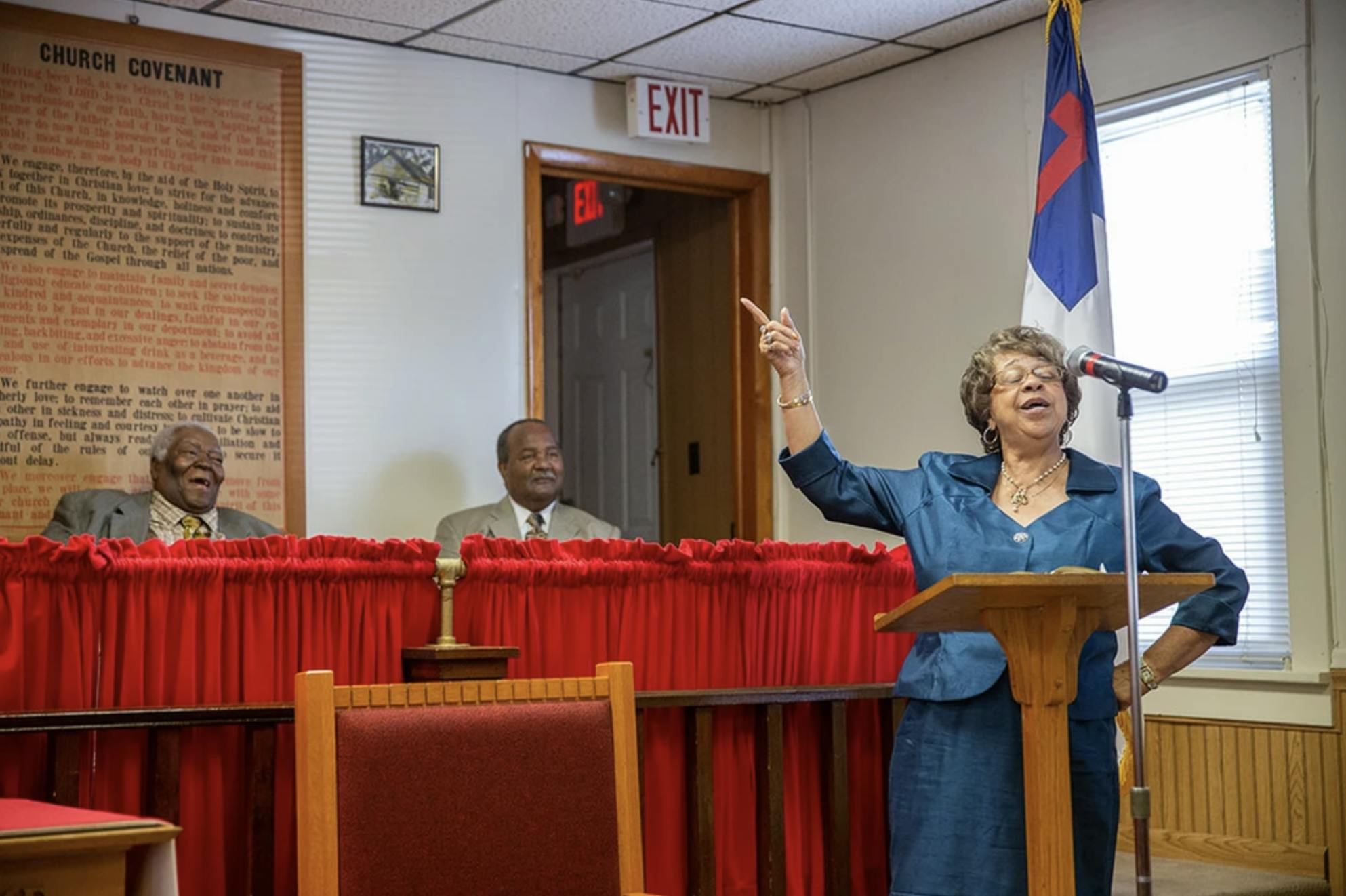Appalachia is known for its rich culture, but a large portion of its history is often swept away within the community. Black history and culture in the region are often not what come to mind when thinking about Appalachia, but Black in Appalachia works to provide resources to reverse that trend.
Black in Appalachia is an organization that documents, preserves and provides Black historic narratives from the Appalachian region.
“It's almost like making a quilt,” William Isom, director of Black in Appalachia, said. “Oftentimes, these pieces of Black history are fragmented all over the place, and so a lot of our work is gathering these little scraps together to be able to tell these stories.”
Isom said the organization is celebrating its 10-year anniversary after its establishment in Knoxville, Tennessee, as a part of the East Tennessee Public Broadcasting Service.
“The Swift Story” was the organization's first documentary, and it dug deep into the history of the Swift Memorial Institute: a historically Black college established in 1883 in Rogersville, Tennessee. Isom said the project was a catalyst for what Black in Appalachia has become today.
“After we saw the response with the production of that documentary, it illustrated the need and the appetite for more locally specific Black history and narratives,” Isom said.

The 200th anniversary of the Union Baptist Church is celebrated in Blackfork, Ohio, on October 20, 2019. Union Baptist Church is the oldest active Black church in the state of Ohio now situated in Wayne National Forest. The historic landmark is included in the expanded coverage of Southeast Ohio's Black community in Appalachia within the past six years by Black in Appalachia. Photo by Jessica Tezak for Black in Appalachia.
Isom said he has researched his family history since he was in high school, and his interest in finding his own ancestral narratives fuels his passion for helping others like him to do the same.
“These historical societies and these archives don't have any materials available for Black folks to be able to research their own history,” Isom said. “The work with East Tennessee PBS became the vehicle to be able to do that and provide the services for our neighbors and people in other communities.”
Isom said the organization provides its services to the 420 counties across 13 states that make up the Appalachian region and, over the past six years, Black in Appalachia has worked to document in Gallia, Lawrence and Perry counties.
Black in Appalachia uses many different mediums to accomplish its goal, including mapping data, doing census research, making documentaries and publishing historical articles, Isom said.
Additionally, the organization has also created its own database to store a variety of documents and virtual exhibits that are easily accessible to the public, Alona Norwood, community archivist of Black in Appalachia, said. She said the database is largely reliant on community submissions.
One of the most notable aspects of the organization is the 'Black in Appalachia’ podcast. Enkeshi El-Amin, co-host of the podcast, has been a part of the podcasting team since its start in the fall of 2019.
“We wanted to get those stories and the information and the knowledge and things that we've been building to the public in different ways,” El-Amin said. “We thought the podcast would be a great avenue to continue this work.”
The podcast shares the work of Black in Appalachia by bringing on local guests with their own stories and experience, incorporating research done by the organization and presenting its audience with otherwise untold pieces of history, El-Amin said.
El-Amin said the podcast caters to a younger audience and aims to provide the information in a casual yet educational format. She said it does not try to fit in with a typical, formal podcast style, and they have retained a large audience because of the “unmasking” of their personalities as they discuss local Black history.
“The podcast is very light, even though we're dealing with very serious topics,” El-Amin said. “We try to be as authentic to ourselves and our listeners as possible.”
El-Amin said she wanted to get involved with the organization and the podcast, specifically, because she felt the narratives they were telling were worthwhile and needed to be heard.
“I found the lives and the stories and the history of the Black people here important and worthy of being told and remembered and heard,” El-Amin said. “It was an opportunity to be a part of something that I felt was very important.”
Black history, especially in Appalachia, has not been preserved in the same way that white infrastructure and history have been, Isom said. He said the goal of Black in Appalachia is to bridge this gap.
Before Norwood worked with Black in Appalachia, she made use of the organization to trace her family history in Appalachia. Norwood said she never felt like she belonged in Appalachia until she had the opportunity to find her family’s narratives.
“It’s like a big hug from your community when you grew up getting slapped in the face by your community,” Norwood said.
Having the opportunity to see into her family’s past in the region meant so much to Norwood that she had to be a part of the organization, she said.
“No matter where I go, no matter what I do, I will always be Black in Appalachia,” Norwood said. “That’s something that will never go away.”






